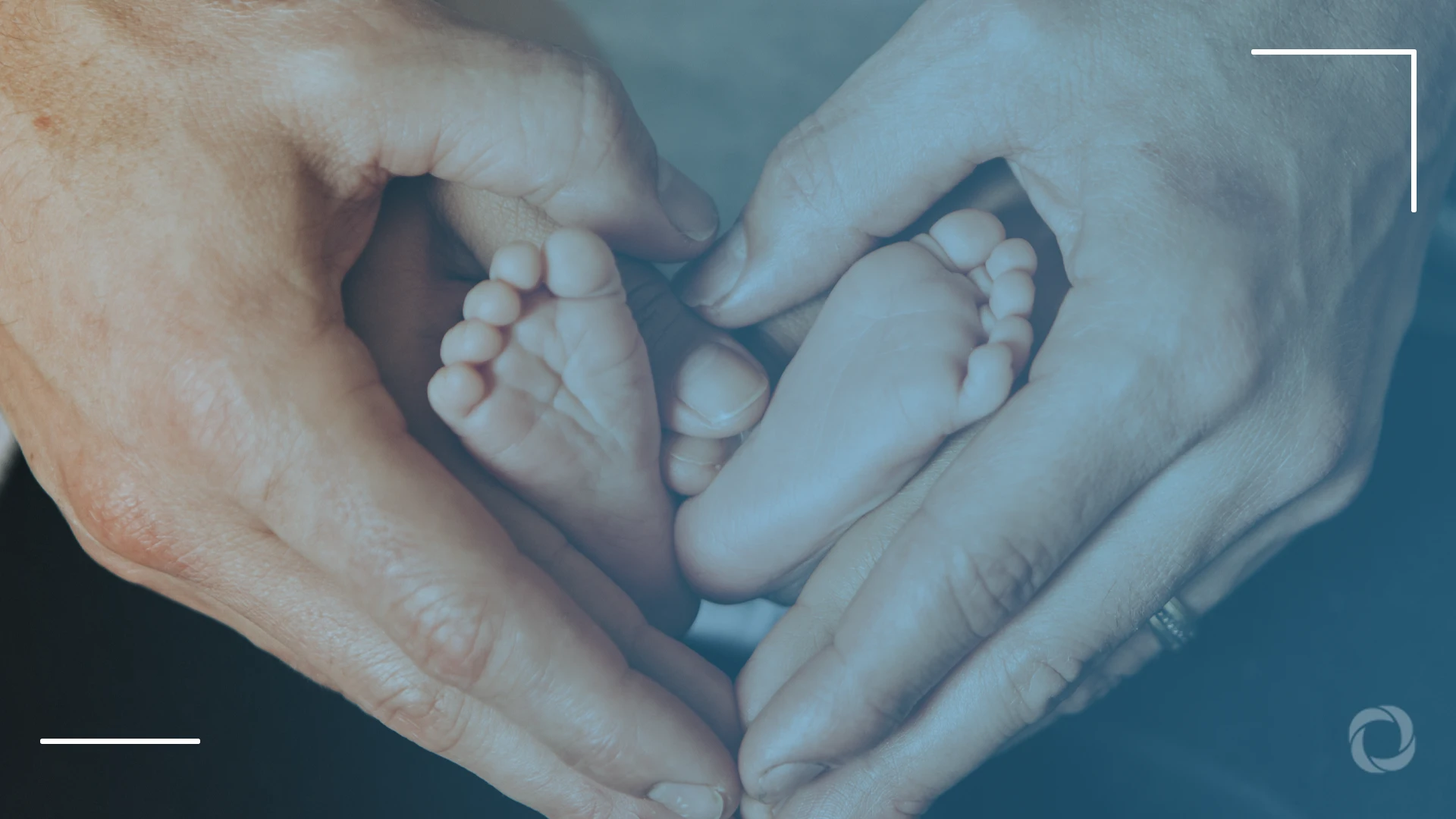The United States is grappling with a demographic shift – a drop in birth rates, often called a national baby bust. Rising living costs and the trend of postponing major life milestones have resulted in significant consequences for the nation’s economy and population growth.
In 2024, the U.S. total birth rate fell to 1.626.5 births per 1,000 women, well below the 2.1 rate needed for population replacement. With over 3.6 million babies born in 2024, this marks a 25% decline since 2007, when the country reported an all-time high of 4.3 million newborns.
Long-term trend
Birth rates have generally followed a downward trend since the 2007-2009 Great Recession, with brief upturns in 2014 and in the post-COVID-19 years of 2021-2022. Official statistics show:
- 1950s – 3.1 births per woman
- 1960s – 3.5 births per woman
- 1976 – decline to 1.7 births per woman
- 2007 – recovery to 2.1 births per woman
- 2024 – fall to 1.626
The National Center for Health Statistics reports an average of 1.3 babies per woman, with many giving birth at the age of 35 or above. From 2015 to 2019, 56.7% of women aged 15-49 had at least one child.
No significant impact on labour force
A lower birth rate does not automatically reduce the ratio of workers to dependents. This is largely due to two factors:
- Labor force participation among Americans aged 65-74 increased from 21.4% in 2003 to 26.9% in 2023 and is expected to reach 30.4% by 2033.
- Female labor force participation has risen significantly, from 34% in 1950 to 58% in 2024.
Economic drivers of decline
Financial insecurity plays an important role in the decisions by Americans decisions to have or forgo children. The key contributing factors include:
- Decline of manufacturing and offshoring of jobs since the 1970s
- The rise of low-paying ‘gig economy’ jobs
- Widening income and wealth inequality over the past few decades
- The 2008 financial crisis and its impact on the housing market
- Persistent inflation and rising healthcare and childcare costs
Social and cultural shifts
Changing attitudes and shifting gender roles are also influencing the declining birth rates. The stigma around not having children has decreased, and women are pursuing higher education and careers, which can delay childbearing. This delay often results in fewer children than intended or sometimes none at all.
U.S. Vice President James David Vance has attributed the declining birth rate to cultural shifts, emphasizing the need for a society that values family life and children.
“We’ve let down our youth by allowing unrestricted abortion and not providing the support they need to thrive. Our society has neglected its responsibility to help young people lead fulfilling lives. Simply put, we need more babies in America,” he said.
Government’s response
The U.S. government has introduced measures to address low birth rates by:
- Expanding access to affordable in vitro fertilization via an executive order
- Proposing a US$5,000 ‘baby bonus’ for women
- Introducing the Supporting Healthy Moms and Babies Act, which could make childbirth free for privately insured families
- Proposing the ‘Trump Accounts’ to offer US$1,000 tax-deferred investment accounts for babies born during President Donald Trump’s second term.
However, experts caution that short-term financial incentives will not significantly impact long-term birth trends because raising a child is an 18-year commitment that cannot be offset by short-term benefits.
Global context
The McKinsey Global Institute warns of a looming population collapse by 2100 due to declining fertility rates. This will lead to slower economic growth and place a heavier burden on younger people to support a growing elderly population.
Demographer Jennifer D. Sciubba, President and CEO of the Population Reference Bureau, noted that the U.S. rate of 1.6 births per woman is relatively high compared to other developed countries and added that declining birth rates are a global trend affecting nations regardless of income level, geography, or culture.
The global birth rate has declined from 3.3 births per woman in 1990 to 2.2 births per woman in 2024, and, according to a recent United Nations report, more than two-thirds of people worldwide reside in countries where fertility rates are below the replacement level.

